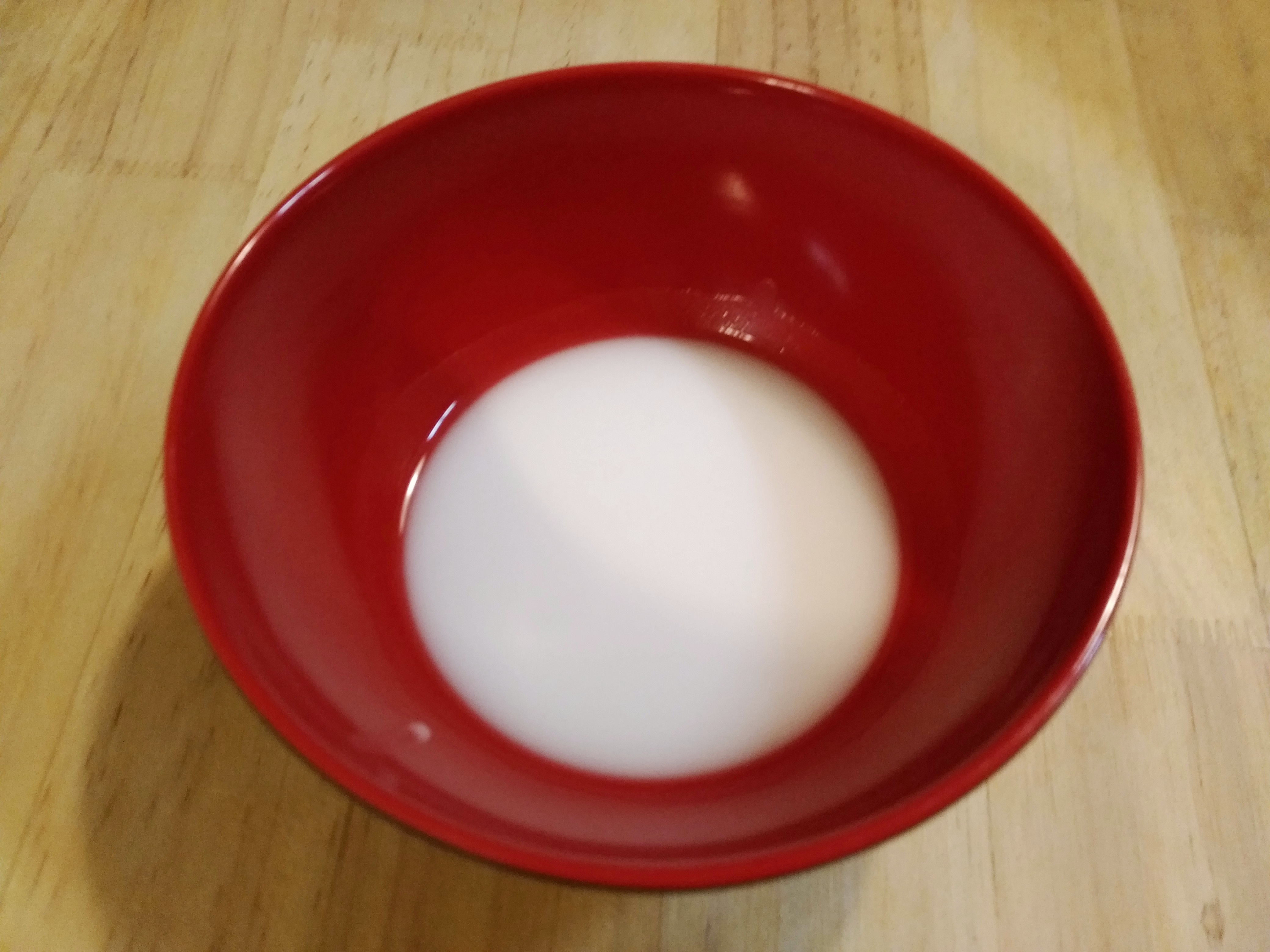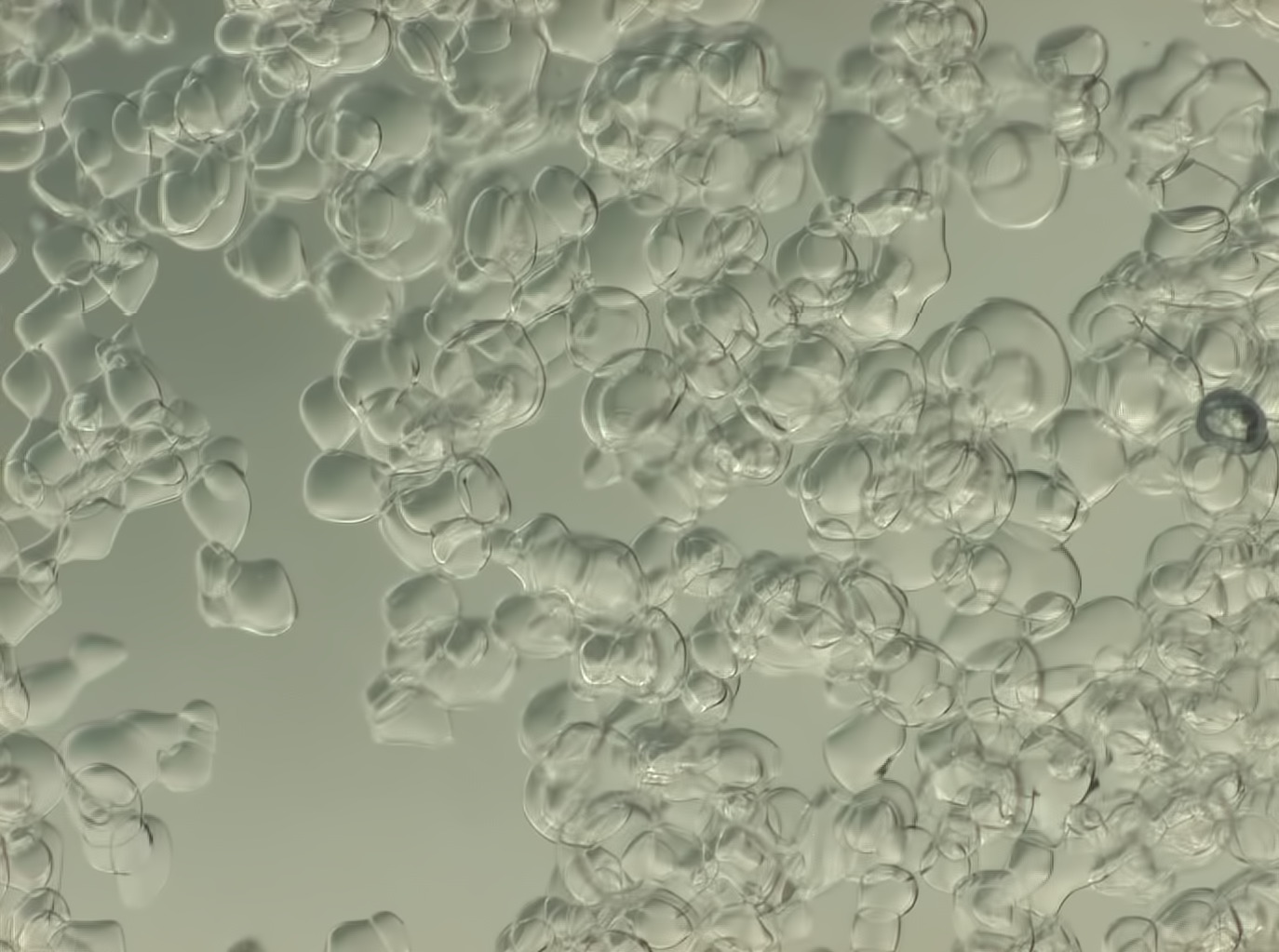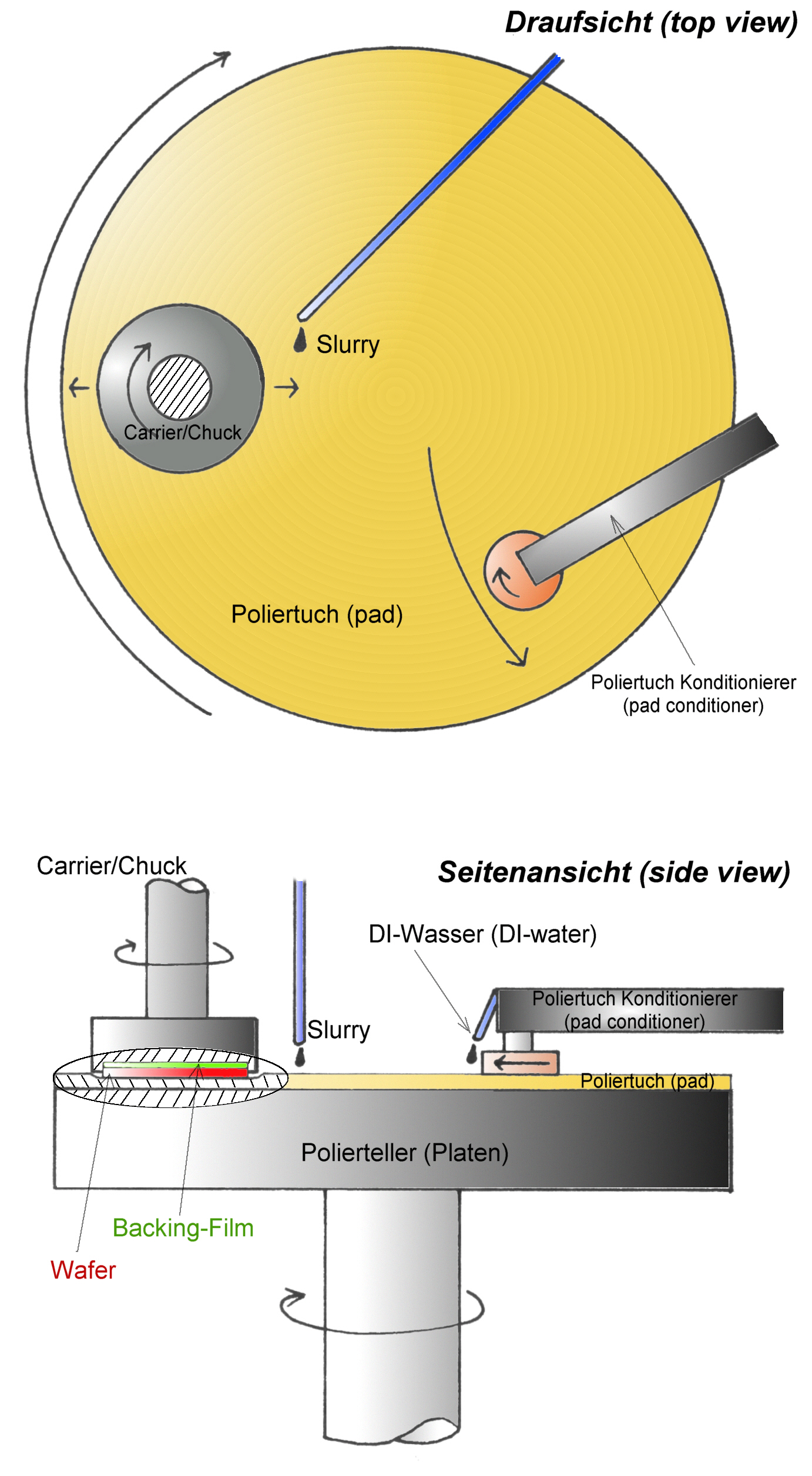|
Slurry
A slurry is a mixture of denser solids suspended in liquid, usually water. The most common use of slurry is as a means of transporting solids or separating minerals, the liquid being a carrier that is pumped on a device such as a centrifugal pump. The size of solid particles may vary from 1 micrometre up to hundreds of millimetres. The particles may settle below a certain transport velocity and the mixture can behave like a Newtonian or non-Newtonian fluid. Depending on the mixture, the slurry may be abrasive and/or corrosive. Examples Examples of slurries include: *Cement slurry, a mixture of cement, water, and assorted dry and liquid additives used in the petroleum and other industries *Soil/cement slurry, also called Controlled Low-Strength Material (CLSM), flowable fill, controlled density fill, flowable mortar, plastic soil-cement, K-Krete, and other names *A mixture of thickening agent, oxidizers, and water used to form a gel explosive *A mixture of pyroclastic materi ... [...More Info...] [...Related Items...] OR: [Wikipedia] [Google] [Baidu] [Amazon] |
Slurry Wall
A slurry wall is a civil engineering technique used to build reinforced concrete walls in areas of soft earth close to open water, or with a high groundwater table. This technique is typically used to build diaphragm (water-blocking) walls surrounding tunnels and open cuts, and to lay foundation (engineering), foundations. Slurry walls are used at Superfund sites to contain the waste or contamination and reduce potential future migration of waste constituents, often with other waste treatment methods. Slurry walls are a "well-established" technology but the decision to use slurry walls for a certain project requires geophysical and other engineering studies to develop a plan appropriate for the needs of that specific location. Slurry walls may need to be used in conjunction with other methods to meet project objectives. Construction While a trench is being excavated to create a form for a wall, it is simultaneously filled with slurry (usually a mixture of bentonite and water). ... [...More Info...] [...Related Items...] OR: [Wikipedia] [Google] [Baidu] [Amazon] |
Slurry Ice
Slurry ice is a phase changing refrigerant made up of millions of ice "micro-crystals" (typically 0.1 to 1 mm in diameter) formed and suspended within a solution of water and a freezing point depressant. Some compounds used in the field are salt, ethylene glycol, propylene glycol, alcohols like isobutyl and ethanol, and sugars like sucrose and glucose. Slurry ice has greater heat absorption compared to single phase refrigerants like brine, because the melting enthalpy (latent heat) of the ice is also used. __TOC__ Characteristics The small ice particle size results in greater heat transfer area than other types of ice for a given weight. It can be packed inside a container as dense as 700 kg/m3, the highest ice-packing factor among all usable industrial ice. The spherical crystals have good flow properties, making them easy to distribute through conventional pumps and piping and over product in direct contact chilling applications, allowing them to flow into crevices and pr ... [...More Info...] [...Related Items...] OR: [Wikipedia] [Google] [Baidu] [Amazon] |
Slurry Oil
A slurry is a mixture of denser solids suspended in liquid, usually water. The most common use of slurry is as a means of transporting solids or separating minerals, the liquid being a carrier that is pumped on a device such as a centrifugal pump. The size of solid particles may vary from 1 micrometre up to hundreds of millimetres. The particles may settle below a certain transport velocity and the mixture can behave like a Newtonian or non-Newtonian fluid. Depending on the mixture, the slurry may be abrasive and/or corrosive. Examples Examples of slurries include: *Cement slurry, a mixture of cement, water, and assorted dry and liquid additives used in the petroleum and other industries *Soil/cement slurry, also called Controlled Low-Strength Material (CLSM), flowable fill, controlled density fill, flowable mortar, plastic soil-cement, K-Krete, and other names *A mixture of thickening agent, oxidizers, and water used to form a gel explosive *A mixture of pyroclastic materia ... [...More Info...] [...Related Items...] OR: [Wikipedia] [Google] [Baidu] [Amazon] |
Slurry Pit
A slurry pit, also known as a farm slurry pit, slurry tank, slurry lagoon or slurry store, is a hole, dam, or circular concrete structure where farmers gather all their animal waste together with other unusable organic matter, such as hay and water run off from washing down dairies, stables, and barns, in order to convert it over a lengthy period of time into fertilizer that can eventually be reused on their lands to fertilize crops. The decomposition of this waste material produces deadly gases, making slurry pits potentially lethal without precautions such as the use of a breathing apparatus with air supply. Nutrient value The liquid manure blend, or slurry, can be a rich source of nitrogen, phosphorus, and potassium. Risks Slurry pits present risks of drowning, as well as of suffocation. Decomposition generates gases such as ammonia, methane, carbon dioxide, and hydrogen sulphide. The latter two are heavier than air and will not disperse quickly from low places. Carbon d ... [...More Info...] [...Related Items...] OR: [Wikipedia] [Google] [Baidu] [Amazon] |
Bentonite
Bentonite ( ) is an Absorption (chemistry), absorbent swelling clay consisting mostly of montmorillonite (a type of smectite) which can either be Na-montmorillonite or Ca-montmorillonite. Na-montmorillonite has a considerably greater swelling capacity than Ca-montmorillonite. Bentonite usually forms from the weathering of volcanic ash in seawater, or by hydrothermal circulation through the porosity of volcanic ash beds, which converts (devitrification) the volcanic glass (obsidian, rhyolite, dacite) present in the ash into clay minerals. In the mineral alteration process, a large fraction (up to 40–50 wt.%) of amorphous silica is dissolution (chemistry), dissolved and leaching (agriculture), leached away, leaving the bentonite deposit in place. Bentonite beds are white or pale blue or green (traces of redox, reduced ) in fresh exposures, turning to a cream color and then yellow, red, or brown (traces of oxidation, oxidized ) as the exposure is weathered further. As a swel ... [...More Info...] [...Related Items...] OR: [Wikipedia] [Google] [Baidu] [Amazon] |
Rawmill
A raw mill is the equipment used to grind raw materials into "rawmix" during the manufacture of cement. Rawmix is then fed to a cement kiln, which transforms it into clinker (cement), clinker, which is then ground to make cement in the cement mill. The raw milling stage of the process effectively defines the chemistry (and therefore physical properties) of the finished cement, and has a large effect upon the efficiency of the whole manufacturing process. History The history of the development of the technology of raw material grinding defines the early history of cement technology. Other stages of cement manufacture used existing technology in the early days. Early hydraulic materials such as hydraulic limes, cement, natural cements and James Parker (cement maker), Parker's Roman cement were all based on "natural" raw materials, burned "as-dug". Because these natural blends of minerals occur only rarely, manufacturers were interested in making a fine-grained artificial mixture ... [...More Info...] [...Related Items...] OR: [Wikipedia] [Google] [Baidu] [Amazon] |
Coal Slurry
Coal slurry is a mixture of solids (mined coal or Coal refuse, coal waste) and liquids (water or organic) produced by a coal preparation plant. Preparation To transform the coal ash into a slurry, coal is separated from non-combustible components and can be fractionated by particle size as well. Coal slurry can be transferred by pipeline or with specialized pumps such as a progressive cavity pump to pump the highly abrasive, corrosive and viscous coal slurry. More than 7 billion tons of coal are mined per year (2010), using approximately 200 litres of water per ton. However, the amount of water required hinges on the surface characteristics of the coal being used. Most coal slurries require the addition of a surfactant to reduce the viscosity, ergo reduce the stress on pipelines and pumps. Recent studies have employed new methods of slurry preparation, like using ultrasonic irradiation and a mixture of natural and synthetic surfactants to improve the stability and Rheology, rhe ... [...More Info...] [...Related Items...] OR: [Wikipedia] [Google] [Baidu] [Amazon] |
Slip (ceramics)
A slip is a clay slurry used to produce pottery and other ceramic wares. Liquified clay, in which there is no fixed ratio of water and clay, is called slip or clay slurry which is used either for joining leather-hard (semi-hardened) clay body (pieces of pottery) together by slipcasting with mould, glazing or decorating the pottery by painting or dipping the pottery with slip.What is slip in pottery thepotterywheel.com, accessed 10 July 2021. Pottery on which slip has been applied either for glazing or decoration is called slipware. Engobe, from the French word for slip, is a related term for a liquid suspension of clays and flux, in addition to ... [...More Info...] [...Related Items...] OR: [Wikipedia] [Google] [Baidu] [Amazon] |
Chemical-mechanical Polishing
Chemical mechanical polishing (CMP) (also called chemical mechanical planarization) is a process of smoothing surfaces with the combination of chemical and mechanical forces. It can be thought of as a wikt:hybrid, hybrid of chemical etching and free abrasive polishing. It is used in the semiconductor industry to polish semiconductor wafers as part of the integrated circuit manufacturing process. Description The process uses an abrasive and corrosive chemical slurry (commonly a colloid) in conjunction with a polishing pad and retaining ring, typically of a greater diameter than the wafer. The pad and wafer are pressed together by a dynamic polishing head and held in place by a plastic retaining ring. The dynamic polishing head is rotated with different axes of rotation (i.e., not wiktionary:concentric, concentric). This removes material and tends to even out any irregular topography, making the wafer flat or planar. This may be necessary to set up the wafer for the formation of ad ... [...More Info...] [...Related Items...] OR: [Wikipedia] [Google] [Baidu] [Amazon] |
Meat Slurry
A reconstituted meat, meat slurry, or emulsified meat is a liquefied meat product that contains fewer fats, pigments and less myoglobin than unprocessed dark meats. Meat slurry is more malleable than dark meats and eases the process of meat distribution as pipelines may be used. Meat slurry is not designed to sell for general consumption; rather, it is used as a meat supplement in food products for humans, such as chicken nuggets, and food for domestic animals. Poultry is a common meat slurry. Beef and pork are also used. Properties and production The characteristics of dark meat from poultry; such as its color, low plasticity, and high fat content; are caused by myoglobin, a pigmented chemical compound found in muscle tissue that undergoes frequent use. Because domestic poultry rarely fly, the flight muscles in the breast contain little myoglobin and appear white. Dark meat which is high in myoglobin is less useful in industry, especially fast food, because it is difficult ... [...More Info...] [...Related Items...] OR: [Wikipedia] [Google] [Baidu] [Amazon] |
Fertilizer
A fertilizer or fertiliser is any material of natural or synthetic origin that is applied to soil or to plant tissues to supply plant nutrients. Fertilizers may be distinct from liming materials or other non-nutrient soil amendments. Many sources of fertilizer exist, both natural and industrially produced. For most modern agricultural practices, fertilization focuses on three main macro nutrients: nitrogen (N), phosphorus (P), and potassium (K) with occasional addition of supplements like rock flour for micronutrients. Farmers apply these fertilizers in a variety of ways: through dry or pelletized or liquid application processes, using large agricultural equipment, or hand-tool methods. Historically, fertilization came from natural or organic sources: compost, animal manure, human manure, harvested minerals, crop rotations, and byproducts of human-nature industries (e.g. fish processing waste, or bloodmeal from animal slaughter). However, starting in the 19th cen ... [...More Info...] [...Related Items...] OR: [Wikipedia] [Google] [Baidu] [Amazon] |
Agriculture
Agriculture encompasses crop and livestock production, aquaculture, and forestry for food and non-food products. Agriculture was a key factor in the rise of sedentary human civilization, whereby farming of domesticated species created food surpluses that enabled people to live in the cities. While humans started gathering grains at least 105,000 years ago, nascent farmers only began planting them around 11,500 years ago. Sheep, goats, pigs, and cattle were domesticated around 10,000 years ago. Plants were independently cultivated in at least 11 regions of the world. In the 20th century, industrial agriculture based on large-scale monocultures came to dominate agricultural output. , small farms produce about one-third of the world's food, but large farms are prevalent. The largest 1% of farms in the world are greater than and operate more than 70% of the world's farmland. Nearly 40% of agricultural land is found on farms larger than . However, five of every six farm ... [...More Info...] [...Related Items...] OR: [Wikipedia] [Google] [Baidu] [Amazon] |






